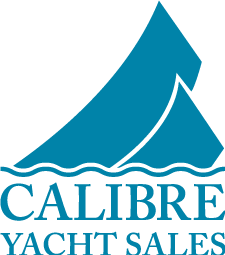Boating North in the Strait of Georgia, Desolation Sound, Johnson Strait into Queen Charlotte Strait
Part One – Desolation Sound :
Desolation Sound is a picturesque marine area located on the northern Sunshine Coast of British Columbia, Canada. It’s renowned for its stunning natural beauty, warm waters, and tranquil coves. Desolation Sound is characterized by a maze of small islands, rocky shorelines, and fjords, making it a popular destination for boaters and other outdoor enthusiasts.
Key features and highlights of Desolation Sound include:
Boating: Desolation Sound is a paradise for cruising due to its calm waters, numerous sheltered coves, and beautiful anchorages. Exploring the various islands and inlets by water is a favorite activity in the region.
Warm Waters: Desolation Sound is known for having some of the warmest water temperatures in the Pacific Northwest, making it a great spot for swimming, snorkeling and kayaking.
Marine Life: Desolation Sound is rich in marine life, including orcas, dolphins, porpoises, seals, sea lions, and various species of seabirds. The sheltered waters also provide excellent opportunities for fishing, snorkeling and scuba diving.
Provincial Marine Parks: There are several provincial marine parks within the Desolation Sound, including Roscoe Bay Provincial Marine Park, Prideaux Haven Provincial Marine Park, and Tenedos Bay Provincial Marine Park. These parks offer protected anchorages, hiking trails, and scenic viewpoints. Some also have nearby freshwater lakes for swimming and relaxing.
Copeland Islands: The Copeland Islands are a group of small islands within Desolation Sound that offer hiking trails and interesting rock formations. These islands are accessible by boat and provide opportunities for wildlife viewing and exploration. Located just north of Lund, most boaters will pass the Copeland Islands while on their way to Desolation Sound.
Accessibility: Desolation Sound can be reached by boat or floatplane. There are no roads leading directly to the sound, which contributes to its remote and pristine atmosphere.
Desolation Sound is a true natural gem in British Columbia, offering a peaceful and awe-inspiring setting for outdoor activities, relaxation, and appreciating the beauty of the Pacific Northwest’s coastal environment. We hope you enjoy your boating adventures in this stunning region!
Boating North in the Strait of Georgia, Desolation Sound, Johnson Strait into Queen Charlotte Strait
Part Two – The Broughtons :
The Broughton Archipelago is another beautiful and ecologically diverse region located in the northern part of British Columbia, Canada. It lies between the northern end of Vancouver Island and the mainland of British Columbia. This area is renowned for its stunning landscapes, rich marine life, and cultural significance.
Here are some key features and highlights of the Broughton Archipelago:
Island Group: The Broughton Archipelago is composed of numerous small islands, islets, and waterways. These islands are characterized by dense coastal rainforests, rugged shorelines, and stunning vistas.
Marine Life: The waters surrounding the Broughton Archipelago are teeming with marine life. Visitors have the opportunity to see orcas, humpback whales, dolphins, porpoises, seals, sea lions, and a variety of seabirds. The area is particularly important for studying and observing orca behavior.
Cultural Significance: The archipelago has cultural importance for Indigenous peoples, particularly the Kwakwaka’wakw Nation. Many of the islands are traditional territories of these Indigenous communities, and visitors can learn about their history, art, and culture. We highly recommend cruising to Alert Bay and visiting the U’mista Cultural Centre.
Wildlife Viewing: Beyond marine life, the Broughton Archipelago is home to a variety of land-based wildlife. Coastal rainforests provide habitat for deer, black bears, and other forest creatures. Birdwatchers will also find a diverse range of bird species.
Conservation Efforts: The Broughton Archipelago has gained attention due to its importance for wild salmon populations. The area has seen conflicts between conservationists, Indigenous groups, and the salmon farming industry. Efforts have been made to protect the marine environment and wild salmon runs.
Remote Wilderness: Much of the Broughton Archipelago remains remote and relatively untouched by human development. This remoteness adds to the sense of adventure and exploration for those who visit the area.
Access: Access to the Broughton Archipelago is primarily by boat or floatplane. There are no roads connecting to the archipelago, which contributes to its pristine and secluded nature.
Visiting the Broughton Archipelago offers a chance to experience the beauty of the British Columbia coast, immerse yourself in nature, and learn about the cultural and ecological significance of the region. It’s a popular destination for boaters, and anyone interested in exploring a unique and diverse coastal environment.


